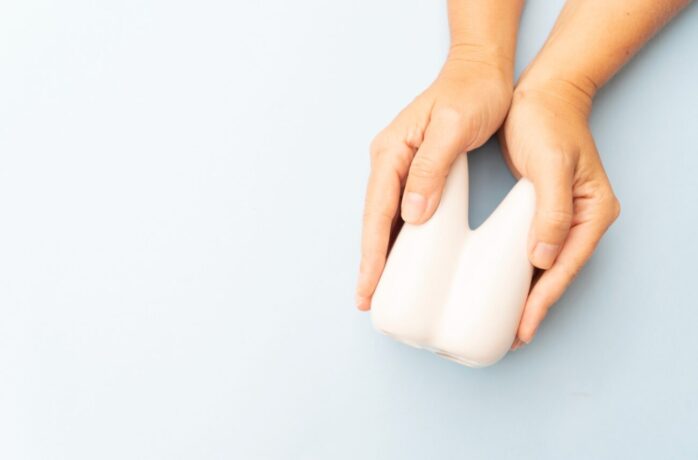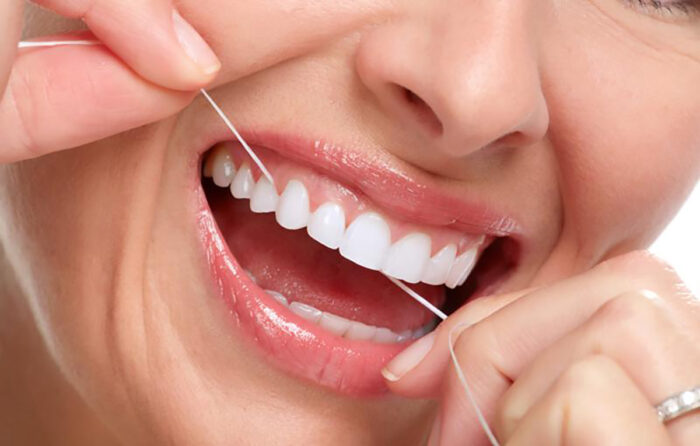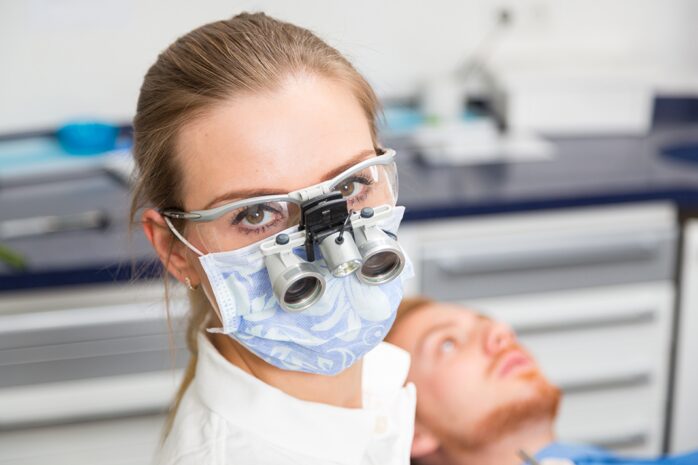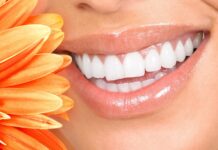
Did you know that many of the beliefs around oral health we’ve grown up with are actually myths? From common misconceptions about how often we should brush our teeth to how diet affects our dental health, there are a lot of popular misunderstandings about oral care. In this article, we’ll discuss the facts versus fiction of oral health and provide insight into what steps you can take to ensure you’re taking the best care of your teeth and gums.
What Are Dental Myths?
Dental myths are misconceptions or false beliefs about oral health that are widely accepted as accurate. These myths can range from illusions about the frequency of teeth brushing to the safety of specific procedures. Unfortunately, dental myths can be harmful because they can lead to poor oral hygiene practices, delays in seeking necessary treatment, and unnecessary fear or anxiety about dental visits.
Some of the most common dental myths include believing that brushing your teeth more than twice a day is harmful, white teeth are a sign of good oral health, dental X-rays are dangerous, and dental procedures are always painful.
Common Dental Myths

You Don’t Need to Brush Your Teeth Every Day
This myth may have originated from the belief that brushing your teeth too much can wear down the enamel. However, the truth is that brushing your teeth more than twice daily is beneficial for oral health. Brushing your teeth after meals and snacks can help remove food particles and plaque that can lead to tooth decay and gum disease. Also, brushing your teeth before bedtime is essential as it can help remove plaque and bacteria accumulated throughout the day.
The truth about brushing frequency is that brushing your teeth at least twice a day is essential, and brushing after meals or snacks is also beneficial for oral health.
How often should you be brushing your teeth?
- Brushing your teeth for two minutes twice a day with fluoride toothpaste
- Brushing after meals or snacks is also beneficial for oral health.
White Teeth Indicate Good Oral Health
Another common myth is that white teeth signify good oral health. While it is true that white teeth can be an indicator of good oral hygiene, many other factors contribute to oral health. Various factors, such as genetics, age, and lifestyle choices, can influence the colour of your teeth. For instance, consuming certain foods and drinks, such as coffee and red wine, can cause staining on the surface of the teeth. Additionally, certain medications can also cause discoloration.
The importance of colour in teeth is that colour changes can indicate certain dental conditions. For example, yellowing teeth can signify tooth decay or gum disease. Therefore, paying attention to the colour of your teeth and scheduling regular check-ups with your dentist is essential.

Other indicators of good oral health:
- Healthy gums
- Proper bite
- No tooth sensitivity
- No tooth decay
- No signs of gum disease
Dental X-Rays Are Dangerous
Dental X-rays are a common diagnostic tool dentists use to detect and diagnose many oral health conditions. Some people might think dental X-rays are harmful because they expose patients to radiation. Dental X-rays use a negligible amount of radiation, and the advantages of getting them much outweigh any possible concerns.
How often should you have dental X-rays?
The frequency of dental X-rays varies depending on your individual needs, your dental history, and your risk for certain oral health conditions. Therefore, your dentist will recommend a specific schedule for dental X-rays based on your unique situation.

Dental Procedures Are Painful
Many people may avoid dental procedures because they believe they will be painful. However, advancements in technology and pain management have made dental procedures much more comfortable and pain-free. Today, most dental procedures are performed with minimal discomfort or pain.
Advancements in technology and pain management have greatly improved the comfort of dental procedures. For example, many dental procedures are performed with local anesthesia, numbing the treated area. Many dentists also offer sedation options such as nitrous oxide (laughing gas) and oral sedation, which can help patients relax and feel more comfortable during the procedure. Furthermore, modern dental techniques and tools allow for more precision and less invasive procedures, resulting in less pain and discomfort for the patient.
It’s important to tell your dentist about any dental anxiety or worry you may have prior to the operation in order to further reduce discomfort. This will make it easier for your dentist to comprehend your worries and modify the treatment strategy to suit them.
In addition to these technological advancements, many dental practices offer amenities such as blankets, pillows, and headphones with soothing music to make the dental experience as comfortable as possible.
How to prepare for a dental procedure?
- Speak to your dentist about any dental anxiety or fear you may have
- Ask about available sedation options
- Take pain medication as directed by your dentist before and after the procedure.
- Follow any pre-procedure instructions provided by your dentist
- Have a friend or family member drive you home after the procedure if sedation was used.

Bottom Line
Many fallacies exist regarding dental health, from teeth whitening to the optimum type of toothbrush. Debating these myths is essential as they can lead to incorrect care or assumptions. Thanks to advances in dental practices and preventive dental care, there are now more effective and reliable ways to maintain healthy teeth, gums and mouths – debunking the myths surrounding dentistry help us make more informed decisions about our oral health.
Remember, it’s always important to consult your dentist at a Maple Ridge family dental clinic on all things related to dental health.






